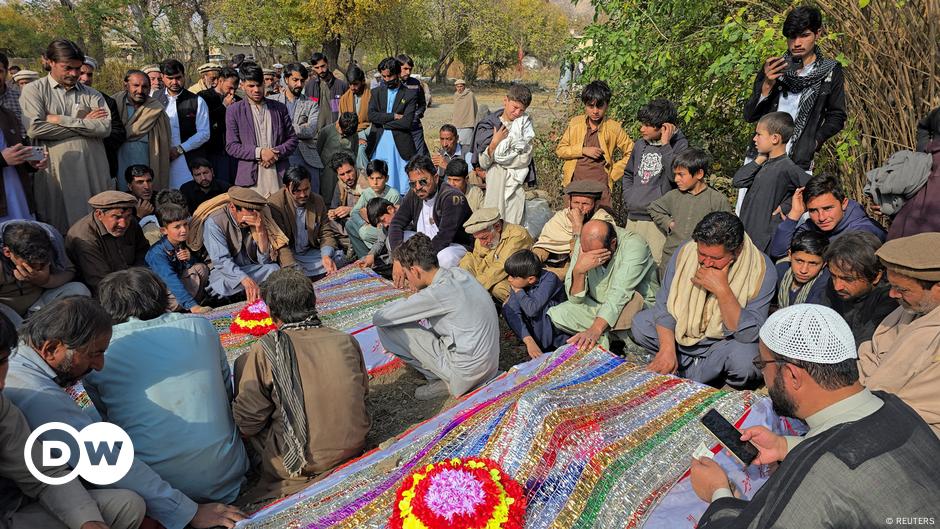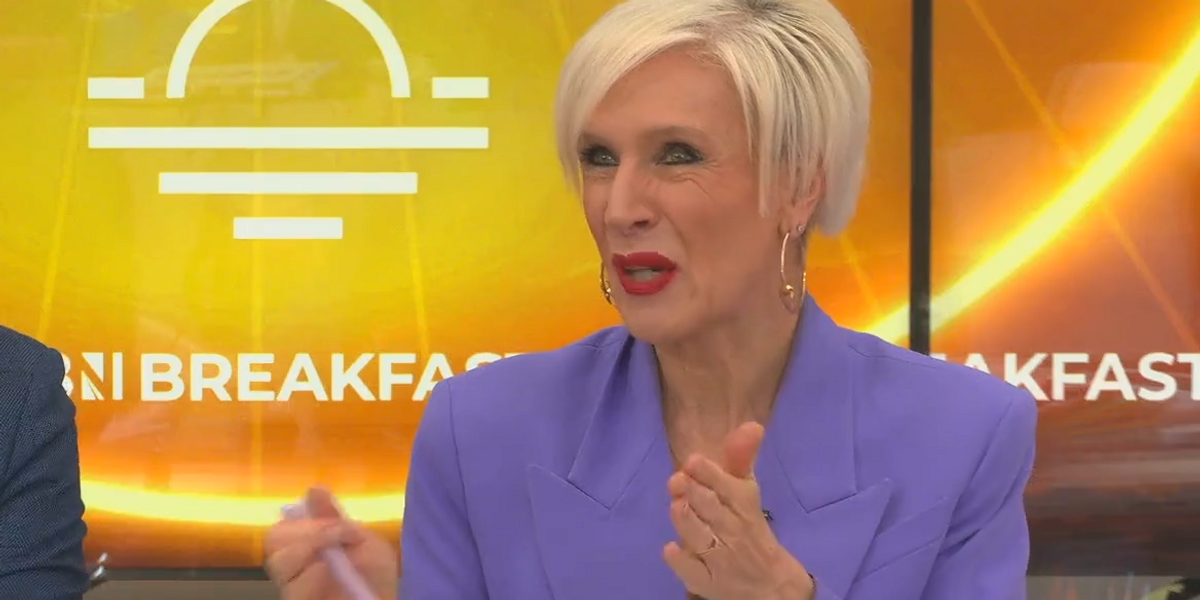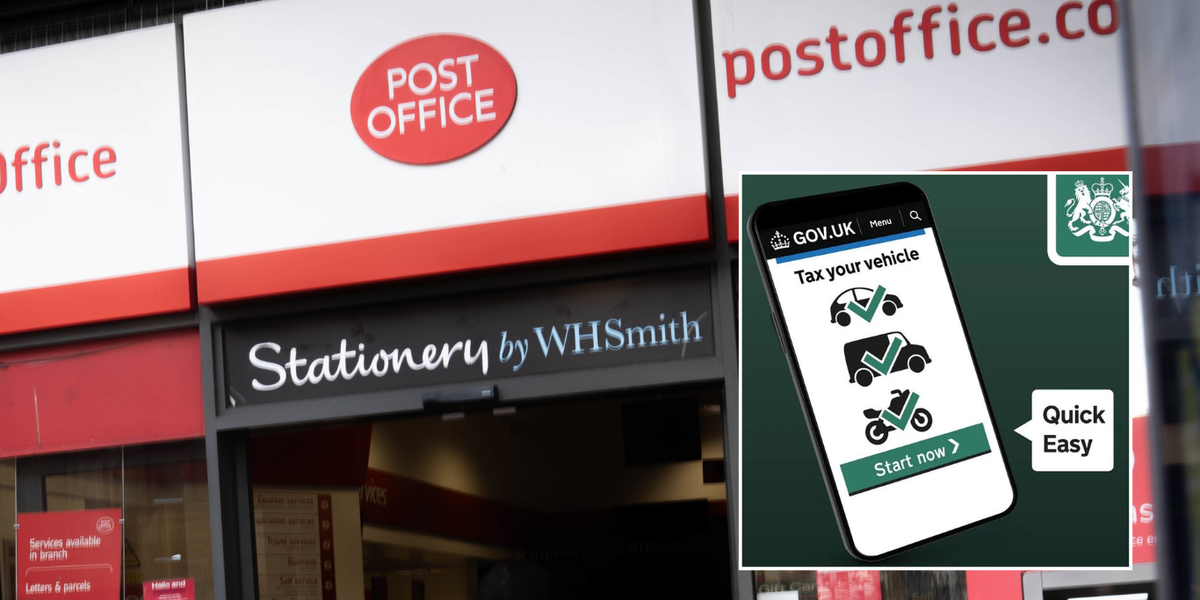A solar surge has reached new heights in Pakistan, sparking what some experts are calling one of the fastest solar revolutions in the world.
Thanks to cheap Chinese solar technology imports, Pakistan is expected to add an estimated 17 GW of solar power in 2024, which is more than a third of the country's entire generating capacity.
The surge is "probably the most extreme" case "that has happened in any country in the world with the speed that has happened," according to energy analyst Dave Jones, who tracks the global energy transition at think tank Ember in the UK.
This growth places Pakistan as one of the top installers of solar panels globally for 2024, in the company of much bigger, richer economies like China, the US and Germany, Jones' team found.
Countrywide, consumers, businesses, and industries are rushing to tap into the cheap renewable power source as an alternative to the erratic and expensive state-provided, largely fossil-fuel-based energy.
 Over the course of 2024, Pakistan has become one of the top solar importers, alongside countries like the US and GermanyImage: Afifa Nasarullah/DW
Over the course of 2024, Pakistan has become one of the top solar importers, alongside countries like the US and GermanyImage: Afifa Nasarullah/DWPakistan's unreliable power grid, compounded by under-supply and poor infrastructure, means that millions of people live in constant uncertainty. Many households around the country have also been crippled by soaring energy prices over the past three years, inflated by high oil and gas prices post Putin's invasion of Ukraine, an over-investment in thermal power plants, and government subsidy cuts to meet International Monetary Fund loan conditions.
"It's come to that point now that, for daytime electricity, it is a no-brainer for people in Pakistan to go out there and to be doing this on the scale that they're doing it," Jones said.
It is unclear exactly how much of the total imported solar capacity will be installed in 2024, as government records cannot keep pace with the speed of the consumer-led transition. But for homes across the country, the energy switch is already making a difference.
A lifesaver during heatwaves
When Shafqat Hussain's mom nearly died during a 28-hour power outage at their family home that coincided with a heatwave, he decided it was time to harness the power of the thing that almost cost his mother her life: The sun.
"There is no alternative in this country," said Hussain, who lives in central Islamabad with his three children, his wife, and his parents.
His mom's experience — she spent two days in the hospital recovering from heatstroke after suffering inside on a scorching summer's day without electricity — was the catalyst for him to install solar panels on his rooftop. His colleague recommended he buy from a local company that was importing the panels from China.
"When you don't have any electricity, forget about the air conditioning. Your fans are not working. You don't have refrigerators on. You don't even have any cold water to drink," said Hussain, who described the electricity blackouts as continuously disruptive but especially concerning during summer months.
His family's energy bill has since been slashed by about 80% and they haven't endured a power outage since. They now revel in a newfound "sense of safety," said Hussain.
 Blackouts during heatwaves can be dangerous for residents in Pakistan, with no access to fans, cold water or air conditioningImage: Fareed Khan/AP Photo/picture alliance
Blackouts during heatwaves can be dangerous for residents in Pakistan, with no access to fans, cold water or air conditioningImage: Fareed Khan/AP Photo/picture alliance Short-lived surge as grid suffers?
The boom puts Pakistan on a better pathway to achieve its goal of 60% renewable energy by 2030. But the mass solar upswing hasn't been without complications.
As increasing numbers of people use solar power to meet their own energy needs during the day, the sudden drop in demand is causing problems for operators of the main national electricity grid.
"The way those power plants were planned and funded was to run a minimum amount of hours," said Jones. Because they're no longer meeting those minimum hours, the electricity they do provide is becoming significantly more expensive for the remaining consumers, Jones explained.
"It's also causing problems for balancing the grid more generally," he added, as operators are struggling to predict how much energy they will need to provide and when.
Jones warned that if the government perceives the consumer-led solar boom as too disruptive, it could cut the surge short. "What really risks happening in Pakistan now is that you have a blanket ban on any more solar coming in," he said.
Nosediving cost of solar fuels Chinese solar exports
Pakistan's solar revolution is only possible because of the plummeting cost of solar PV modules, which have reduced in price by 90% in the last 15 years alone. Most cheap solar panels are sold by China, the world's number one manufacturer of solar PV modules.
Over four decades, solar power has gone from being one of the most expensive, out-of-reach electricity sources to just about the cheapest in most places around the world.
 Solar panels have become so cheap in recent years, more people than ever can afford themImage: DW
Solar panels have become so cheap in recent years, more people than ever can afford themImage: DWPakistan is not the only country tapping into the cost-saving clean alternative. Throughout 2024, Jones' team at Ember tracked high numbers of Chinese solar exports to Saudi Arabia, the Philippines, the United Arab Emirates, Thailand, South Africa and Oman.
"It is transformative and it's affordable," said Azeem Azhar, author, tech entrepreneur, and founder of research group Exponential View, who likens the exponential drop in the cost of solar technology to the PC revolution of the 1980s.
"What we saw then was an expansion of computing across our economies and the democratization of that particular technology," said Azhar.
The next frontier in Pakistan's energy transformation will be battery storage, predicts Azhar. While solar panels can generate power during the day, batteries will enable households to store energy for nighttime use.
"We haven't yet got the price of batteries down far enough to rely on battery backup. But that will happen in the next few years. Batteries are really, really coming down in price," said Azhar.
This article was adapted from an episode of DW's Living Planet podcast.

 By Deutsche Welle (Asia) | Created at 2024-11-27 15:49:47 | Updated at 2024-11-30 07:31:54
2 days ago
By Deutsche Welle (Asia) | Created at 2024-11-27 15:49:47 | Updated at 2024-11-30 07:31:54
2 days ago








